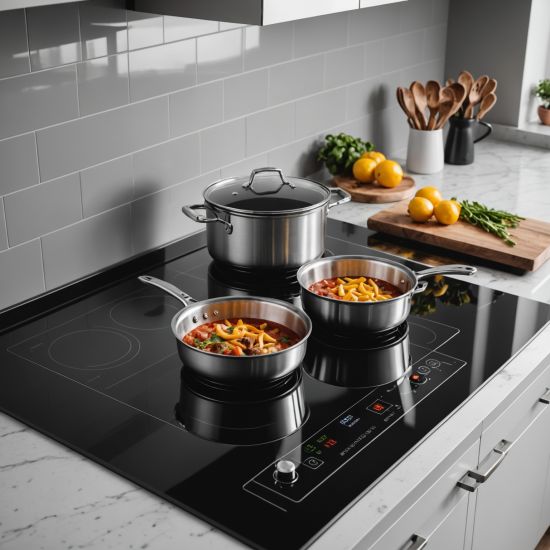Understanding the Difference Between Hex Keys and Allen Keys

Hex keys and Allen keys are both commonly used tools for tightening and loosening screws and bolts. While they may seem similar at first glance, there are some key differences between the two.
Hex Key
A hex key, also known as a hex wrench or Allen key, is a tool with a hexagonal-shaped head. It is typically made of metal and is available in various sizes to fit different screw and bolt heads. Hex keys are often used in furniture assembly, automotive repair, and other mechanical applications.
Allen Key
An Allen key, also known as a hex key or hex wrench, is a tool with a hexagonal-shaped head. It is typically made of metal and is available in various sizes to fit different screw and bolt heads. Allen keys are often used in furniture assembly, automotive repair, and other mechanical applications.
Key Differences
The main difference between a hex key and an Allen key is the shape of the head. Hex keys have a hexagonal-shaped head, while Allen keys have a cylindrical head with a hexagonal hole. This difference in head shape affects the way the tool is used. Hex keys are typically used to tighten and loosen screws and bolts that have a hexagonal head, while Allen keys are typically used to tighten and loosen screws and bolts that have a cylindrical head with a hexagonal hole.
Another difference between hex keys and Allen keys is the size of the head. Hex keys typically have a larger head than Allen keys, which makes them easier to grip and use. Allen keys, on the other hand, have a smaller head, which makes them more suitable for use in tight spaces.
Finally, hex keys and Allen keys are made of different materials. Hex keys are typically made of metal, while Allen keys can be made of metal or plastic. Metal Allen keys are more durable and long-lasting than plastic Allen keys, but plastic Allen keys are less expensive and easier to find.
Conclusion
Hex keys and Allen keys are both versatile tools that can be used for a variety of tasks. By understanding the key differences between the two, you can choose the right tool for the job.







